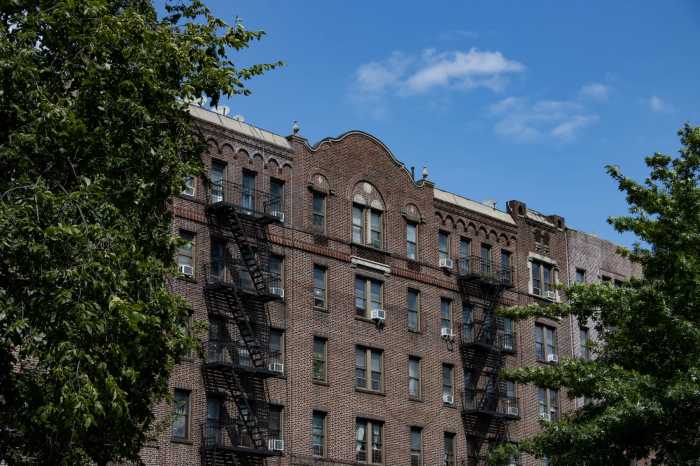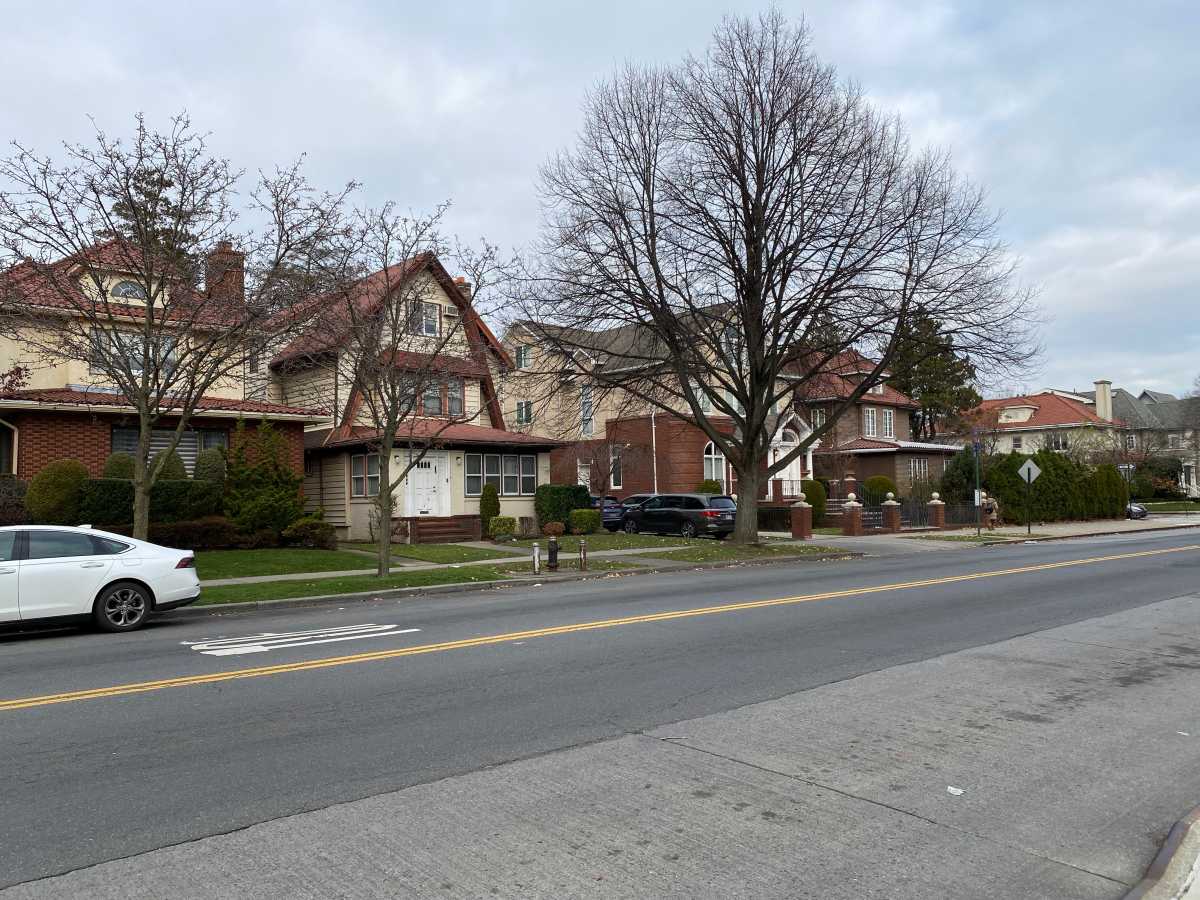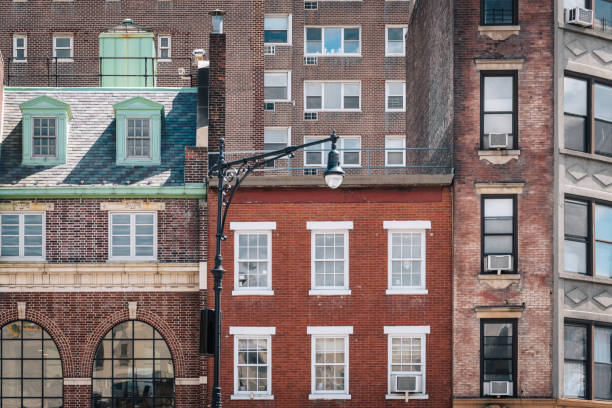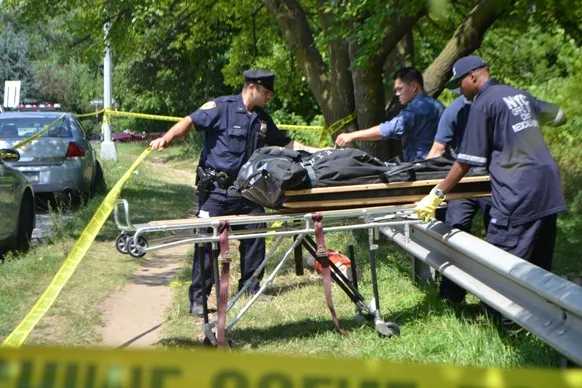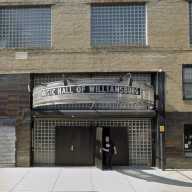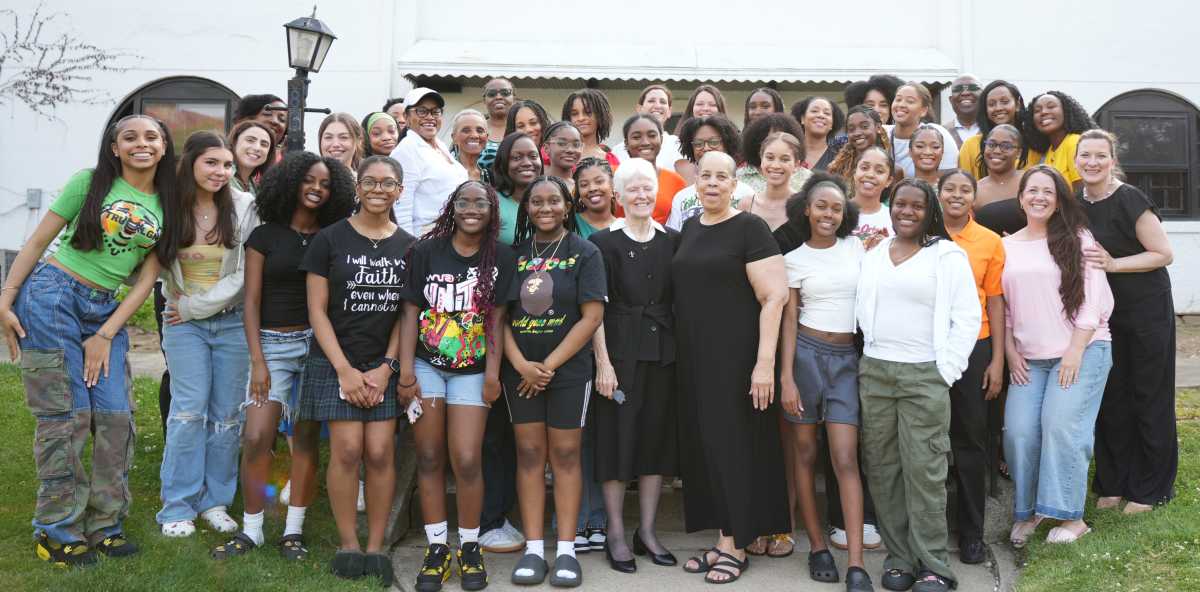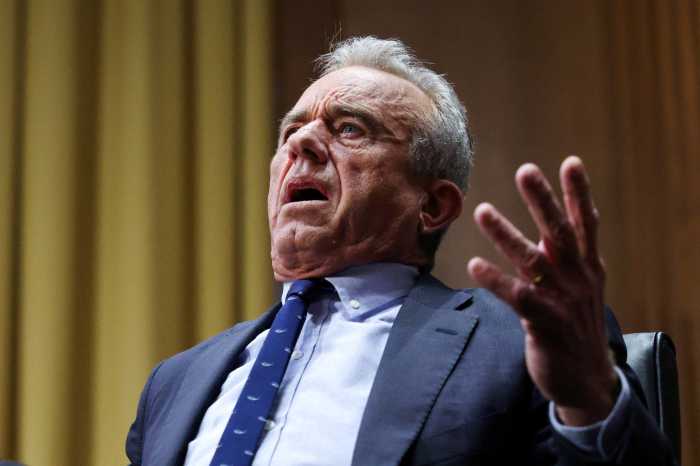The Atlantic Yards project is heading to the Supreme Court — if the Court will have it, that is.
Eleven Brooklynites who still own land in the footprint of the mega-project asked the High Court on Monday to examine the state’s use of eminent domain to make way for Bruce Ratner’s development — and at least one expert gave the case a good chance of being heard by the Court, which turns down 99 percent of the 8,000 petitions it receives every year.
“The petition is very well written, so there’s a chance,” said attorney Michael Rikon, who once represented plaintiffs fighting eminent domain at Ratner’s Metrotech project.
Two months ago, Rikon said the odds were “extremely slim” that the case, Goldstein v. Pataki, would be accepted. But he said on Wednesday, “I’ve changed my opinion” because the plaintiffs, who include Freddy’s Bar and Daniel Goldstein of Develop Don’t Destroy Brooklyn, may have found an inconsistency in the Court’s landmark 2005 Kelo decision.
Traditionally, courts have allowed governments to seize privately owned land for public projects like highways. And Kelo expanded the definition of “public benefit” to include the positive impacts of economic development on a “blighted” community.
But the court also said that the state can’t seize land “under the mere pretext of a public purpose when [the] actual purpose [is] to bestow a private benefit.”
That same 5–4 decision also held that courts must defer to a given state legislature’s determination of what is and is not in the public benefit.
But the Goldstein v. Pataki plaintiffs, who have lost two prior rounds in this battle, want the Supremes to allow lower courts to determine if government is using its eminent domain power properly — namely that it is truly for public benefit, not for the gain of a developer.
The issue is central to Atlantic Yards, because opponents argue that the so-called public benefit of the now-truncated 16-skyscraper arena, residential, office space and hotel project was merely a sham designed to get Ratner through the approval process.
“The arena for Ratner’s professional basketball team is no more a public benefit than the planned hotel,” reads the petition. “Both … will be available to the public — for a price.”
The petition also argues that if the project were indeed intended for the public’s benefit, the state would have had a long planning process, and then held a bidding process to choose the best developer — a process that did not happen at Atlantic Yards.
Warner Johnston, a spokesman for the Empire State Development Corporation, which spearheaded the project, was unimpressed by the plaintiffs’ appeal to the High Court.
“Courts have uniformly dismissed each and every challenge to the Atlantic Yards development, and we expect this petition to be similarly rejected,” said Johnston.
The numbers are on his side.
The Supreme Court receives about 8,000 petitions a year, yet takes about 80. Plaintiffs’ attorney Matt Brinckerhoff put the odds at 5–1 that the Roberts Court would choose to re-examine its still-fresh Kelo decision.
But if the Supreme Court declines the case, Brinckerhoff vows to refile his appeal in state court.
“When that’s over, then we’re done,” he said. “We’re talking about at least a year or year and a half before all that gets resolved.”
The time element is key.
Ratner’s agreement with the state calls for the ESDC to hand over $200 million in public funds to finance the arena — but the deal will be voided if litigation and condemnation procedures are not complete by December 2009.
Time has not been on Ratner’s side.
The developer admitted last month that he had shelved 11 of the project’s 16 buildings, including the iconic Miss Brooklyn , due to the economic downturn, he said.


